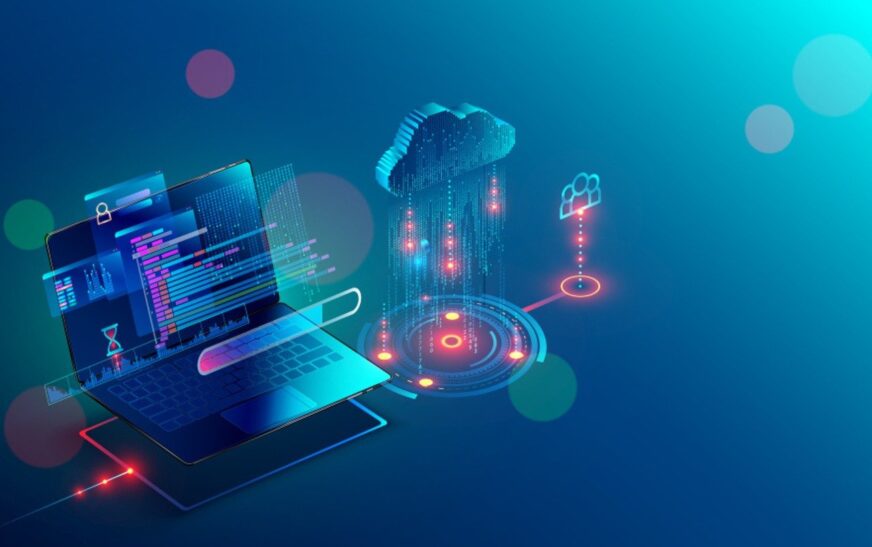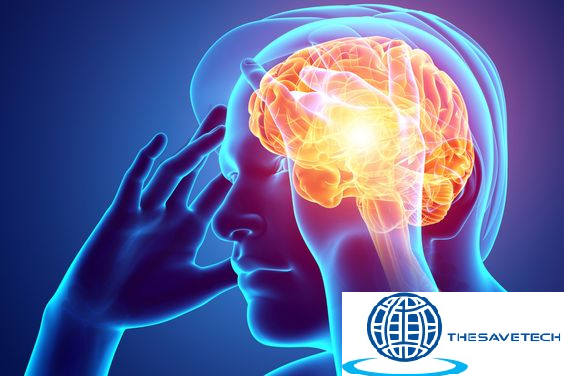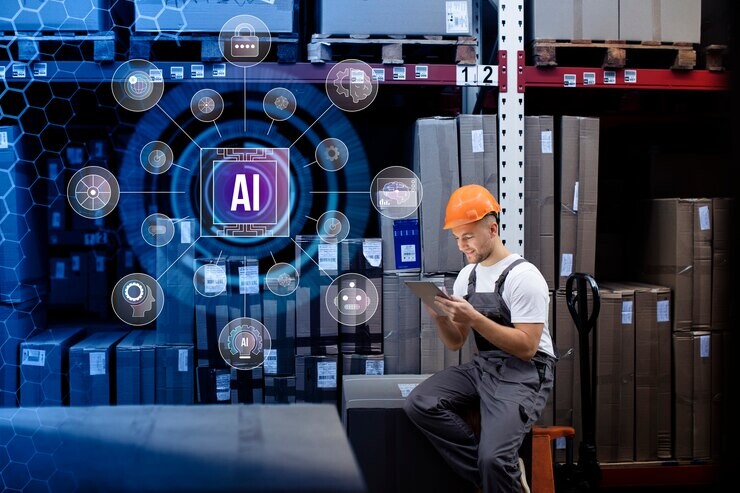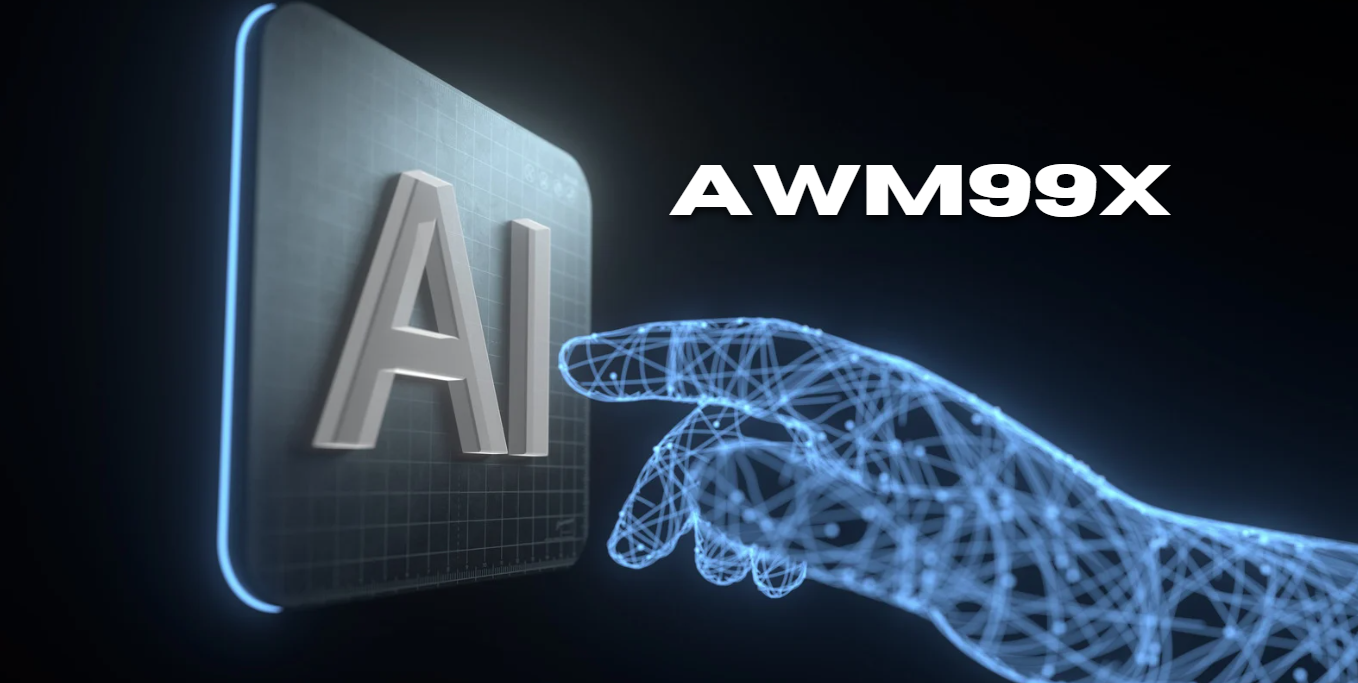In an increasingly technological world, the means of connection and communication are always changing, and always on the move. One of the emerging issues in this field today is ligarmos. Coming from the Portuguese word meaning “to connect” or “to link”, ligarmos represents modern linkability through which, with technological advances at our fingertips now as never before in history, we humans heartily communicate and must loop around all nodes of that message on which global communications depend. This article delves into ligarmos, looking at the many facets it displays and what significance it has to bear on our future world of international communication.
The Essence of Ligarmos
ligarmos at the core represent mankind’s basic, real craving to hook up. It’s not just forming friendships, making social networks or gathering people with common interests together. The act of hooking up with another person is essential for being human. In the digital age, this has taken on new meanings and modalities. Technology has expanded our ability to be in touch with others, unrestrained by geographical borders or time zones. Whether it’s social media platforms, instant messaging applications, video conferencing tool Networks, or collaborative software, these are the channels through which ligarmos flows in real time over the whole globe.
The Technological Infrastructure
The base structure for ligarmos is massive and complicated, with both hardware and software playing important roles. High-speed internet connectivity; mobile technology; and access through cloud computing are the backbone of ligarmos. The ordinary citizen’s terminal for digital communications-whether it’s a smartphone or pad-computers, PCs–become mainly work tools to use these channels of communication. In addition, there are a large number of software platforms, such as Facebook, WhatsApp messages and Zoom for video conferencing, and Slack for real-time collaboration.
What is more, new 5G technology is entering the scene and promises to provide even quicker and more reliable internet connections for ligarmos. This not only will raise the standard of communication, but also new uses will appear in such areas as Augmented Reality (AR) and Virtual Reality (VR). These can bring about even more immersive discussions are they participating in things happening right before your eyes!
Social Media and Personal Relations
as a spotlight of dogyColloquy Examples201 At present, the most prominent example than Social Media? These platforms completely changed the way we build and maintain personal relationships. For example: Facebook, Instagram, Twitter and LinkedIn all make it possible for users to link with friends, family and professional contacts, and debate issues too. The dope on these platforms drives their algorithms in such a way that it suggests friends to be made or groups joined,content to be looked at and so on by the direction of a user’s interests.
However, social media has increased our ability to communicate. This raises concerns, however: privacy and mental health, for example. There are also many critics of the kind of interpersonal connection that is practiced on these platforms today; it cannot be denied that vast swaths of questions remain as yet unanswered about how good (if at all) connections are.
Professional Networking and Collaboration
As it is in our everyday lives as well, the internet Has had a marked effect on occupational activities. Platforms such as LinkedIn have become necessary tools for job-seeking and career development. For example, users on these platforms can link up with professional colleagues outside their company or industry to represent a particular trade group through membership. In such groups they publish posts which are related to their line of work.
This, paired with the growing trend of remote work, highlights the importance of digital tools for cooperation. Software like Microsoft Teams, Slack and Trello allows for lines of communication to work both inside as well as without an organization — in addition to hosting projects which need looking in on as they progress. Despite where they are or which companies they belong to, these tools bring people together effectively by joining them up with common assignments and goals.
Educational Opportunities
ligarmos has transformed the world of education in more ways than one. It has brought top courses and resources to students from the most remote locations on earth, for example in Kazakhstan or Kenya, using online education platforms like Coursera, Udemy or Khan Academy. This democratization of education makes it possible to get high-level content directly from first-rate educators across country lines (not just within national ones). Now anyone who has an Internet connection can learn from top-notch professors regardless of where they might be in the world.
Simultaneously, virtual homerooms and learning the board frameworks (like Moodle, and Slate) permit understudies and educators to impart continuously. These stages support different learning styles and assist with fostering a feeling of local area in any event, when students are hundreds or thousands of miles separated.
Healthcare and Telemedicine
In the healthcare sector, ligarmos has also innumerable applications–most notably through telemedicine. Through telemedicine channels, patients can connect with their providers no matter where they are at all times, making it both convenient and efficient for healthcare service providers to get back in touch just when somebody wants advice or treatment done quickly (e.g. if they’ve broken a leg). This is especially helpful for people living in remote areas or areas with few medical services available.
Telemedicine further supports the management of chronic diseases, mental health services and post-surgical care. Using technology, healthcare providers can maintain a continuous dialogue with their patients, observe progress, and intervene as needed.
Challenges and Considerations
Despite the numerous advantages that ligarmos confers, it also poses problems. Issues related to data privacy, cybersecurity, and digital literacy must be addressed to ensure that these communications are secure and fair. The computerized split the hole between the individuals who approach present day innovation and the people who don’t stay a significant hindrance to widespread networks.
In addition, the impact of advanced correspondence on interactive abilities and connections is still under study and discussion.
The Future Shape of Ligarmos
In the future, The remarkable developments and worldwide movements come at a time when ligarmos could well have its fate rewritten by emerging technologies and societal trends. As for connectivity, artificial intelligence(AI) and machine learning can be expected to play a large role in enhancing it, providing communication that is more personalized and context-aware. For example, AI-powered virtual assistants could help humans to interface naturally and intuitively with digital systems.
The further spread of the Internet of Things (IoT) will also benefit ligarmos as all sorts of equipment and systems are interconnected. With such interconnectedness new applications for smart homes and cities will appear, bringing digital connectivity into the very fabric of daily life.
Conclusion
Ligarmos, as a concept and practice, summarizes the profound influence technology has had on human connectivity. From personal relationships and professional networks to education and healthcare, the ability to connect digitally has reshaped our lives in countless ways. As we move through this digital age with the many opportunities and dangers it holds for us, the ideals of ligarmos remain at hand as we seek a truly global future.










